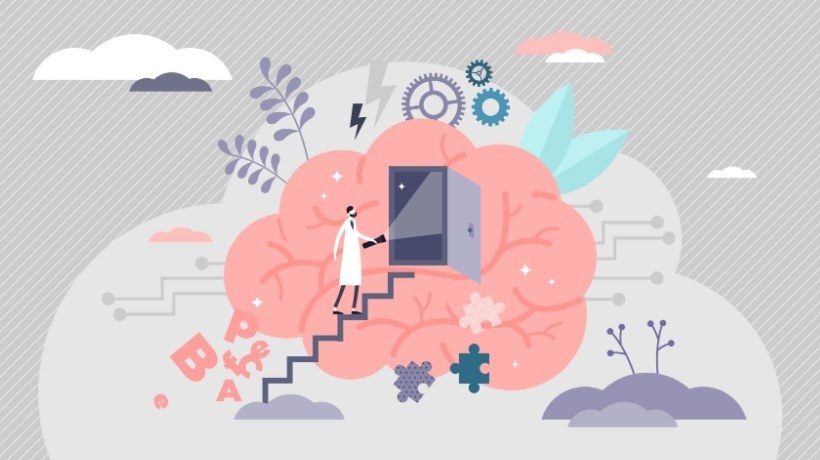Why Multitasking Changes The Way Our Brains Learn
It’s rare to see someone without a smartphone in their hands or pockets. As new technologies emerge, it’s no wonder that more people are using smart devices to access a plethora of information and stay in touch with others. How we manage our daily tasks has become more straightforward with technology, but are there any adverse effects tech can have on our attention span? The prevalence of technology forces us to address how we use it to complete daily tasks. Because tech can be distracting, it’s vital to think about our ability to multitask in our fast-paced society. Young generations grew up with the latest gadgets, and most kids nowadays know how to operate an iPhone efficiently.
How can this affect their learning, especially in hybrid education situations? Many schools still face uncertainty regarding the COVID-19 pandemic, and some are incorporating virtual education to adapt to these changes. Students now rely on technology more than ever to achieve academic success.
Here’s more information about technology-based multitasking and how current students can toggle between tasks.
Multitasking With Technology: Is It Possible?
There’s some controversy regarding our ability to multitask. Some believe it’s possible, while others feel our brains can only focus on one task at a time. Based on cognitive science research, doing two tasks simultaneously leads to lower-quality work as opposed to doing one thing at a time. While it may be possible to multitask, the impact on the quality of work may be compromised.
Studies have shown that our learning is negatively affected [1] when we process information while being distracted by external stimuli, such as devices we use every day. If students attempt to study or work on assignments while simultaneously playing with their phones, they may not retain crucial information.
Other research suggests [2] that listening to music while accomplishing other tasks can help increase your alertness. It’s one thing to have tunes playing in the background, but how can someone do more significant duties, like being on a FaceTime call and working on homework simultaneously?
The Impact Of Technology On eLearning
In 2019, Kent State professors surveyed students [3] who recently participated in an online college course rather than an in-person classroom. The results they found weren’t all that surprising. The study showed that those participating in eLearning scenarios used other devices to multitask more often than students who learned by traditional methods. Of the pupils surveyed, those that preferred multitasking did so at a much greater rate than others.
One of the primary reasons for this is that there are classroom expectations students must follow when they’re with a professor. Once someone transitions to online learning, those requirements disappear. Students now have to self-regulate their behaviors [4] and manage the time they spend on their devices more appropriately. For young students who lack behavioral maturity, the idea of self-regulation can be challenging. Children are especially vulnerable to feeling the negative effects of overusing technology to multitask. Without managing themselves, it can be hard to finish assignments and put forth high-quality academic work.
Limiting Distractions In An eLearning Environment
Here are 3 ways one can limit distractions [5] when participating in virtual education.
1. Set Up A Distraction-Free Environment
The environment in which you work can heavily influence how focused [6] you are. If your desk is cluttered or you have items you play with, try removing them. You’ll notice that a minimalist setup will bode well for you and help you pay better attention to the task at hand.
2. Block Access To Distracting Websites
Some websites serve the purpose of blocking you from accessing certain sites [7], mainly social media platforms. Use these online resources if you spend too much time browsing the internet. Some educational institutions have network settings that limit access, but if yours doesn’t, consider using a browser extension or something similar to restrict distracting websites.
3. Take Enough Breaks
Setting aside time to engage in distracting activities can help boost your productivity. Try to do things that keep you off screens, like reading a book, eating a snack, or having a conversation with someone in the house. This will make it easier when it’s time to refocus and get back to work.
These methods will help you focus on meaningful work rather than engage with distracting stimuli.
The Verdict On Multitasking And eLearning
Evidence suggests that younger people tend to multitask more often [8] than older populations. For eLearners, it’s critical to limit distractions and stay on task to reach academic success. The jury is still out on if multitasking is a myth or not, but focusing on one thing at a time will allow students to produce high-quality work.
References:
[1] How Technology-Based Multitasking Impacts Learning
[2] Keep Your Brain Young with Music
[3] Multitasking increases in online courses compared to face-to-face
[4] Traditional Learning vs. eLearning: Which Is for You?
[5] Staying Focused While Learning Remotely: How to Avoid Distractions Online
[6] 5 Ways You Can Boost Productivity with the Right Workplace Arrangement
[7] 8 Website Blockers For Studying, Productivity, And Focus
[8] Have Technology and Multitasking Rewired How Students Learn?








